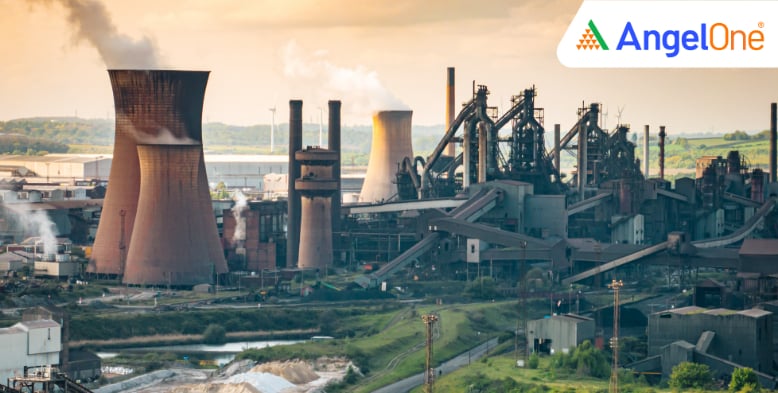
India’s steel industry is facing strong headwinds due to rising imports and dumping of cheaper steel by major global producers, according to the Reserve Bank of India’s (RBI) October Bulletin. The report said the influx of low-cost steel has impacted domestic production and called for policy measures to strengthen the competitiveness of local manufacturers.
During 2023–24 and 2024–25, India witnessed a sharp rise in steel imports from countries such as China, Japan, South Korea, Indonesia, and Vietnam. The availability of cheaper steel from these nations has adversely affected domestic producers, reducing their market share and lowering capacity utilisation.
The RBI article noted that this import pressure has been driven largely by softer global steel prices. India imported nearly 45% of its total steel from the top five suppliers: South Korea, China, the US, Japan, and the UK. The import share stood at 14.6% from South Korea, 9.8% from China, 7.8% from the US, 7.1% from Japan, and 6.2% from the UK.
Even as imports rise, domestic demand for steel continues to grow. From April 2022 to November 2024, India’s steel consumption increased by an average of 12.9% per month. However, domestic production has not kept pace, widening the gap between consumption and supply.
To meet this growing demand, India imported more steel products, with iron and steel imports rising 10.7% in the first half of 2024–25. The previous year saw an even higher 22% increase, fuelled by lower international prices.
The RBI article pointed out that the government’s move to impose safeguard duties offers some protection against cheap imports and dumping. However, it also emphasized the need for broader policy support to enhance cost efficiency, encourage innovation, and promote sustainable practices in the steel industry.
Meanwhile, both domestic and international steel prices have declined since April 2022, putting additional pressure on Indian producers’ profitability.
Read more: PM-Kisan 21st Instalment: J&K Farmers Received an Advanced Payment; What’s the Timeline for Others?
India’s steel sector stands at a crucial point where rising imports and softening prices are challenging its growth and profitability. Strengthening domestic competitiveness through innovation, sustainability, and supportive policy actions will be essential to safeguard the future of the country’s steel industry.
Disclaimer: This blog has been written exclusively for educational purposes. The securities mentioned are only examples and not recommendations. This does not constitute a personal recommendation/investment advice. It does not aim to influence any individual or entity to make investment decisions. Recipients should conduct their own research and assessments to form an independent opinion about investment decisions.
Investments in the securities market are subject to market risks. Read all the related documents carefully before investing.
Published on: Oct 28, 2025, 11:12 AM IST

We're Live on WhatsApp! Join our channel for market insights & updates